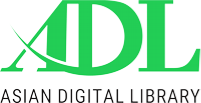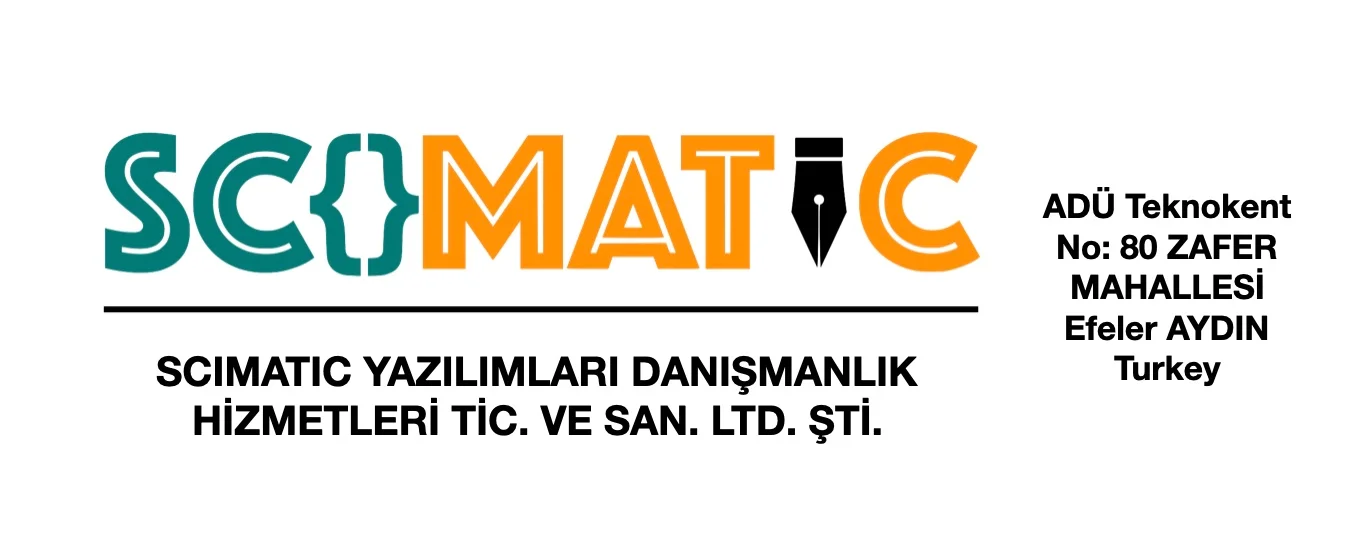Author Guidelines
General Instructions:
Each paper must be like a research paper: it must have a conceptual/ theoretical framework; literature review encapsulating past research; data/ content collection and analysis; suggestions for future research and conclusion.
The article must not have been published anywhere else. It should be in accordance with the research principles and should be on a new topic. Moreover, the article should be adorned with the references of basic sources. It is necessary to abide by the rules of writing and spelling.
Contributors will be required to guarantee that the manuscript presented to Al-Kashaf Research Journal of Islamic Studies has not been submitted to any other journal for publication and is free of plagiarism.
Manuscript Instructions:
The authors are required to follow the following instructions for formatting their papers, failing which the paper will not be accepted for publication.
Editing and General points (Draft Format):
The authors are required to follow the following instructions for formatting their papers, failing which the paper will not be accepted for publication.
- Manuscript should be processed using Microsoft word with paper size of A4.
- The authors are requested submit well researched ad original paper with a length of 3000-5000 words.
- For main-headings, font size: 18
- For sub-heading, font size: 16
- For text, font size: (Urdu-14, Jameel Noori Nastaleeq, Arabic-14, Traditional Arabic, English-12, Times New Roman)
- Footnote: font size (Urdu & Arabic-12, English-10)
- Line Spacing: single throughout the paper.
- Page Numbering: On the top left corner of the paper with the title on the top right corner.
- Paragraph Indention: Indent each paragraph first Line by 0.5 inches and apply the indention consistently throughout the paper.
Paper Structure
Title:
Title should be comprehensive, precise and reflect the original theme of the article.
Information about the Author:
- The authors’ names and addresses should be on left below the title and institution’s name along with further details should be placed in the footnote specified with the symbol (*).
- Please indicate the corresponding author in case the paper has multiple authors as well as one article cannot be written by more than two authors.
- A separate page containing the full name of Author(s), Email Address, affiliated Institute, Postal address and phone number(s) should also be submitted along with the article. These lines should be 10 points in Times New Roman.
Abstract:
- An abstract of length 200-300 words in English should accompany each manuscript.
- It should summarize the content of the paper written in complete and simple sentence without subheadings.
Keywords:
Write 4-6 keywords of the articles may also be listed just beneath the English abstract to be used as index terms.
Introduction:
Beginning with a new page, it should be well explained but must be limited to the statement of the problem/objectives, methodology, distinctive characteristics with brief review of literature pertaining to the type of Research work.
Results and Discussion:
- In this part of the article, author would present his views and research in detail.
- Make a clear comparison of the results to the literature and identify the similarities and differences.
Conclusion/Findings/Recommendations:
- The conclusion of a research paper needs to summarize the content and purpose of the paper without seeming too wooden or dry.
- It should be presented in a logical sequence. Every basic conclusion should share several key elements.
- Findings of the research should be clearly mentioned on which recommendations are made accordingly.
Acknowledgement
- All people who have made a genuine contribution and who endorse the data and conclusion(s) may be included.
- Their Full name, postal address, office and email address, telephone and mobile numbers should be mentioned.
References and Bibliography
References should be made according to the following guidelines:
- References should be made as Endnotes.
- While giving references, APA 7th edition Style should be adopted. The use of op. cit. is to be avoided.
- In-text citations must follow the author-date format.
Following example should be followed:
(Ibn Kathir, 1354 A.H, Vol. 2, p. 312)
- For similar references at multiple locations, traditional style of abbreviations may be used.
- Quranic verses in the article be presented in Arabic script such as: Sura Al-Nisa: 4/184
- Necessary description (Takhreej & Authenticity) of all Ahadith should be mentioned.
- A complete reference list must be included at the end of the manuscript. Each entry must contain the author’s name, year of publication (Hijri/Gregorian or both), book title in italics, publisher, place of publication, and volume/page numbers (if applicable).
Transliteration of Arabic, Urdu and English Words:
For Urdu and Arabic words in English articles, Transliteration must be followed.
Citation from the Internet/Webpage:
If the author wants to cite an internet link, then he/she is required to provide complete URL address failing which the reference will be considered invalid.
Transmission of Required Information:
It is obligatory for the authors to describe their research in detail along with the significance of their research. Enough details of the citation should be provided so that others will be able to revisit the research. Incorrect and ambiguous statements will be troublesome and not acceptable.
Simultaneous/Multiple Publication:
Author should avoid submission of the article in more than one journal for review and publication at a time as it is unethical. Moreover, multiple publications on the same research are also not acceptable.
If an author wants to publish their work in multiple stages in multiple different articles, then references of the first publication should be represented accurately in the second publication.
Defining Sources:
Written permission of the source is compulsory if any information is used and quoted which is derived from a discourse, correspondence or a talk of a third party. Sources must be defined and cited in an accurate manner.
Major Mistakes in Published Work:
If any mistake or error is noticed by the authors after submission of the article for review, it is obligatory for the author to inform Al-Kashaf’s focal person immediately, so that necessary correction in the article may be made well in time and in case of major mistake, article may be withdrawn. Author is also bound to withdraw or make necessary correction well in time as directed by editor or publisher and also provide the evidence confirming the accuracy of the original research wherever required.
Authors of the Work:
Any individual with significant contribution in the research work which is being presented in the article can be included as author(s) of the article. However, it is responsibility of the primary author to ensure that all the co-authors have seen the final draft of the article and agreed for submission of the article.
Al-Kashaf is committed to upholding the highest standard of publication ethics and takes all possible measures against plagiarism and any publication malpractices. This statement is based on HEC’s Ethical Guidelines for Journals.
Duties / Responsibilities of Reviewers:
Promptness
The journal editors are committed to provide timely review to the authors. If a reviewer does not submit his/her report in a timely manner, the manuscript is immediately sent to another qualified reviewer.
Confidentiality
The reviewers are expected to maintain absolute confidentiality with regard to the contents of manuscripts. The journal uses single and double-blind process. Reviewers cannot discuss manuscripts with any other persons, including the authors.
Standard of objectivity
Editors and reviewers should have no conflict of interest with the authors and the subject matter of the research. They are required to evaluate manuscripts based on the content. The review comment must be respectful of authors. The reviewers are required to justify their decision and recommendation.
Acknowledgement of Sources
Reviewers should identify relevant published work that has been cited by authors. Any statement that an observation, derivation, or argument had been previously reported should be accompanied by the relevant citation. A reviewer should also call to editor’s attention any substantial similarity or overlap between the manuscript under consideration and any other published manuscript of which they have personal knowledge.
Disclosure and conflict of interest
Privileged information or ideas obtained through peer review must be kept confidential and not used for personal advantage. Reviewers should not consider manuscripts in which they have conflicts of interest resulting from competitive, collaborative, or other relationships or connections with any of authors or institutions connected to the manuscripts.
Duties / Responsibilities of Authors/ Researchers:
The following ethical guidelines are obligatory for all author(s) violation of which may result in application of penalties by the editor, including but not limited to the suspension or revocation of publishing privileges.
Reporting Standards:
- Will ensure that the research report and data contain adequate detail and references.
- Fraudulent or knowingly in accurate statements are unethical and unacceptable.
Originality and Plagiarism:
- Plagiarism in all its forms constitutes unethical publishing behavior and is not acceptable.
- Authors should ensure that they have written entirely original works, and if the authors have used the work and/or words of others that this has been appropriately cited or quoted.
- If more than 19% similarity index has found, as per HEC’s policy it will either be rejected or left at the discretion of the Editorial Board for the purposes of a conditional acceptance.
Declaration:
- A declaration is required that the manuscript contains solely author original work that is not under consideration for publishing in any other journal in any form.
- A co-authored paper must be accompanied by an undertaking in order to claim right to authorship and to ensure that all have agreed to the order of authorship.
Multiple, Redundant and Current Publication:
- Authors should not submit manuscripts describing essentially the same research to more than one journal or publication except if a re-submission is a rejected one or withdrawn manuscript.
- Concurrent submission of the same manuscript to more than one journal is unethical publishing behavior and is unacceptable.
Acknowledgment of Sources:
- A paper must always contain proper acknowledgment of the work of others.
- The author(s) must also acknowledge the contributions of people, organizations and institutes who assisted the process of research or financial funding (in the acknowledgement).
- It is duty of the author(s) to conduct a literature review and cite the original publications.
Authorship of the manuscript
- Authorship of the work may only be credited to those who have made a noteworthy contribution in conceptualization, conducting, data analysis and writing up of the manuscript.
- The corresponding author should ensure that all co- authors have seen and approved the final version of the paper and have agreed to its submission for publication.
Privacy of Participants:
- Authors must respect the privacy of the participant(s) of research.
- Authors must ensure that in instances where the identity of the participant needs to be revealed in the study, explicit and informed consent of the concerned party is obtained.
Data Access and Retention:
- The author(s) should provide raw data to the Editor, if any question arises about the accuracy or validity of the research work during the review process.
- The author(s) must provide an accurate description of how the images were generated and produced and will ensure they are free of manipulation.
Disclosure and Conflicts of Interest:
- The potential conflicts of interest of all author(s) must be conveyed to the editor at the earliest possible stage, including but not limited to employment, consultancies, honoraria, etc.
- All sources of financial support for the project should be disclosed.
Manuscript Acceptance and Rejection:
- During the review period the author can contact the Editor to ask about its status.
- In case of revisions, the author(s) must provide an exposition of all corrections made in the manuscript and the revised manuscript should, then, go through the process of affirmation of revisions and be accepted or rejected accordingly.
- In case of dissatisfaction over the decision of rejection, the author can appeal the decision by contacting the Editor.
Responsibilities of Editors:
- The Editorial Team of the Al-Kashaf, comprising the Editorial Board and the Editorial Staff with the Publisher is responsible for taking a decision as to which of the articles submitted to the journal are to be published.
- The Editors have complete discretion to reject/accept an article. The Editorial Team may confer/deliberate with other reviewers/editors in arriving at its decisions.
- The evaluation of manuscripts is made on the basis of their scholarly and intellectual content without having regard to the nature of the authors or the institution including gender, race, religious belief, ethnic origin, citizenship, or political philosophy of the authors.
- The journal follows a policy of fair play in its editorial evaluation. The editors are expected to exercise caution and ensure that they have no conflict of interest with respect to the articles they accept/reject.
- The editors and the editorial staff follow strict confidentiality and are required not to disclose any information about a submitted manuscript to anyone other than the corresponding author, reviewers and the publisher.
- Authors are encouraged to correct the errors which are found during the process of review while preserving the anonymity of the reviewers.






















